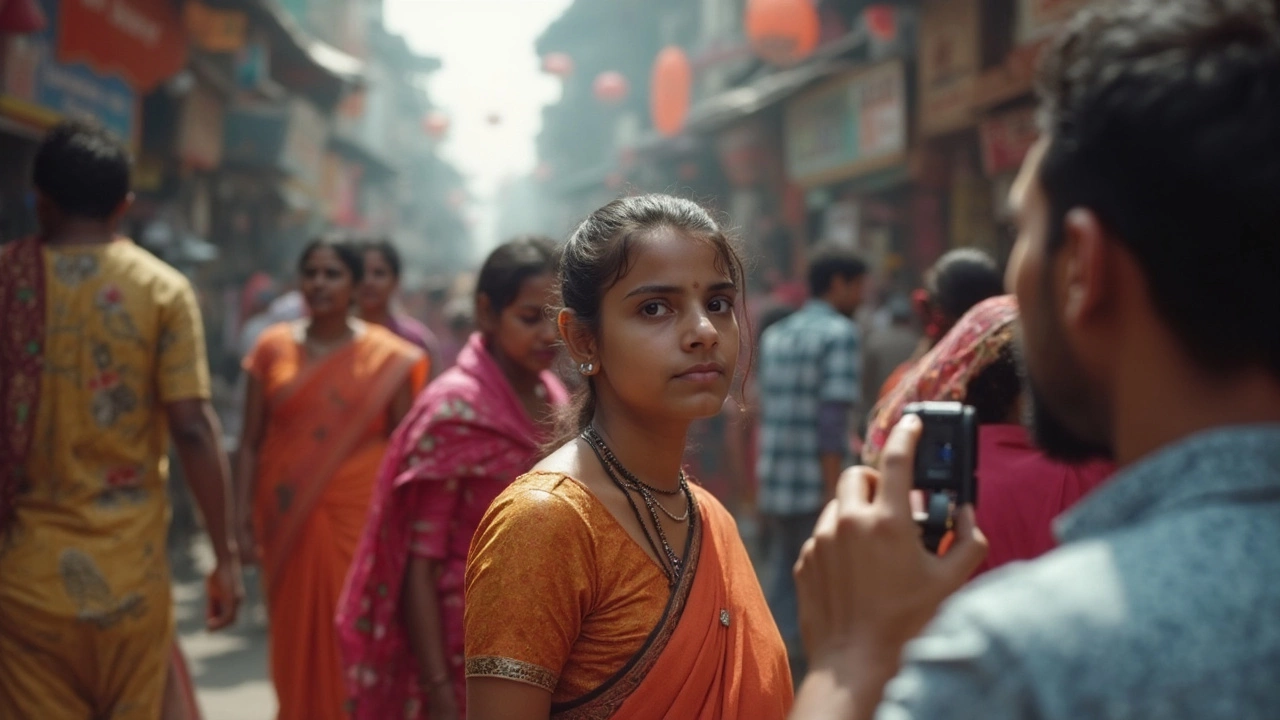Taking Pictures Without Permission – Quick Guide for Everyone
Ever point your phone at a crowd and wonder if you’re crossing a line? You’re not alone. Many of us love catching candid moments, but the law and good manners beat curiosity. This guide breaks down when a snap is okay, when it can land you in trouble, and how to ask for consent without feeling awkward.
When Is It Illegal?
In India, the right to privacy is now a constitutional guarantee. Shooting someone in a private setting—inside a home, a hotel room, or a changing area—without permission is a clear violation. Even in public, if you focus on a person’s face for a commercial use (like advertising or a stock photo) you need a written release. Getting caught using a camera to stalk, intimidate, or harass can lead to criminal charges under sections of the Indian Penal Code.
Public parks, streets, and festivals are generally safe zones for casual photos, but there are still limits. If a person asks you to stop, you must respect that. Police can intervene if a photographer refuses to move after a complaint. Remember, the intent matters: capturing a group event for personal memories is different from selling that image for profit.
How to Get Consent the Easy Way
The simplest trick is to ask. A quick “May I take your photo?” works in most situations. Most people appreciate the politeness and are happy to say yes. If you’re in a hurry, a nod or smile can be enough—just make sure you’re not forcing a shot.
For bigger projects, use a short written consent form. It doesn’t have to be fancy; a one‑page document stating what the photo will be used for and the person’s name is enough. Keep a copy on your phone or tablet so you can sign on the spot.
When you’re shooting in a venue, check the venue’s policy first. Some museums, theaters, and private clubs ban photography outright. Ignoring these rules can lead to being asked to leave or even a fine.
If someone objects after you’ve already taken a picture, delete it. Apologize and move on. Most people will understand a genuine mistake, but refusing to delete can damage your reputation and may lead to legal action.
For photographers who work with brands, always get a model release. It protects both you and the client. The release should mention the purpose (social media, print, etc.) and give the subject the option to withdraw consent before the photo goes live.
Finally, respect cultural sensitivities. In many Indian communities, taking photos of elders or religious ceremonies without permission is considered rude. A quick chat with a local guide or event organizer can save you a lot of trouble.
Bottom line: capture the moment, but keep the person’s comfort and the law in mind. A little courtesy goes a long way, and it keeps your photography fun and stress‑free.
